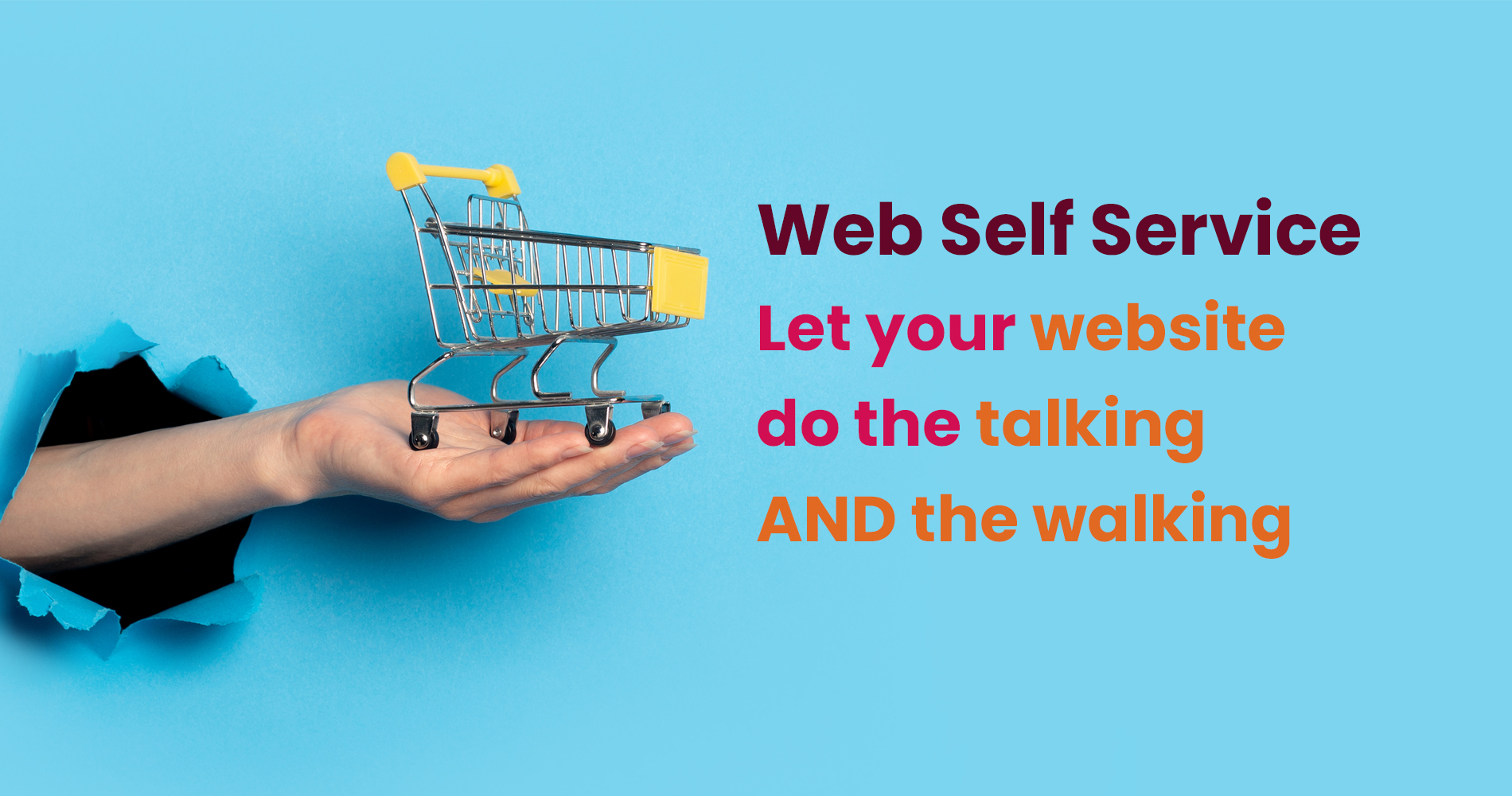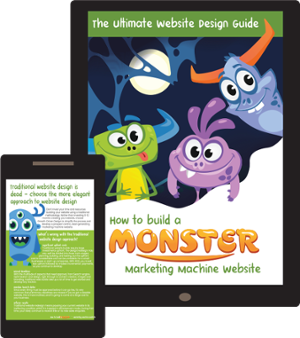Digital technology has fundamentally changed the face of customer service. Instead of waiting on the phone, customers today can search for the answers they need online, review their accounts, and chat online with a customer service agent if they require further help. Customer service is no longer just about providing a human point of contact for your customers when they need it. Today, customer service is about providing the help your customers need, when and how they need it, without requiring them to find a human being.
The best companies provide this kind of self-service where their customers can find the answers, they need without having to pick up the phone or chat with a human. This is known as Web self-service. The success of a business depends on the quality of service it offers its customers. A self-service portal allows customers to perform key tasks without involving humans. The ability to offer a self-service portal is one of the best ways to build a high-quality customer service and support organisation.
Web-based self-service empowers you to better serve your customers in a way that fits their needs at the time. Rather than having to hire a team of reps to answer your customers’ questions and provide them with the support they often seek, you can now empower your customers to find the answers they need on your platform. This not only saves you money but also helps you provide your customers with the support they want when they want it. It’s a win-win!
The definition of web self-service is fairly straightforward: it’s a way for customers to carry out certain actions without having to interact with an employee or call center. It’s a way of making your business more efficient and ensuring that you’re providing excellent service to your customers, no matter where they are. But how does it work, and how can you ensure that you’re meeting the standards that your customers expect? Let’s take a look.
Web-Based Self-Service Explained
The idea behind web self-service is that customers can complete certain tasks without having to talk to an agent. This is a great way to reduce call volumes and improve the customer experience, while also empowering your customers to resolve their issues. The process is simple: a customer logs into their account finds the relevant web self-service function and performs the necessary actions themselves. The process can vary depending on the service being delivered.
Web-Based Self-Service: What Does It Entail?
Your web-based self-service portal may work both through an externally accessible portion of your site, such as a "Knowledge Base", and also through a private self-service portal, as in an actual internal helpdesk interface. On these resources, your customers can access self-help content and guidance to take care of matters related specifically to their accounts, subscriptions, or inquiries. For example, users might be able to view FAQs on the internals part of your website while official policies and procedures are shown in the Knowledge Base.
Now, let’s take a look at the specific benefits that result when you create a self-service system for your business. Here are a few of the biggest benefits that result from creating a web-based self-service system:
The Advantages Of Web-Based Self-Service
When you provide your customers with the ability to self-service, you’re able to improve your bottom line by reducing your customer service and support costs. This is because you’ll be able to reduce the number of calls, tickets, and emails your customer service and support reps have to respond to. By offering a self-service method - perhaps a knowledge base article or automated chatbot in addition to more traditional methods (phone and email support) - you'll be able to reduce the volume of requests from customers who maybe could have figured out how to fix their issues on their own instead of waiting on the phone or even in-person for help. This will free up your company's resources so that you can focus on serving customers who need additional help.
1. Make your customer service and support staff more efficient.
Providing self-service support allows you to reduce the number of calls, tickets, and emails your reps need to respond to. This allows your reps to focus on customers who have complex issues instead of those who require only the help of some type of self-service support, such as an article in your knowledge base or an automated chatbot. This saves you the time and resources needed to train and manage human reps and allows your customers to get the help they need when they need it.
2. Cut down on customer service and support costs.
When you provide your customers with the answers and support they seek in a way that teaches them, they will be able to solve their problems without the help of reps. Additionally, they’ll learn how to consistently mitigate their challenges on their own time — and in turn, you’ll avoid managing a large team of service and support reps that you need to hire and pay. Web-based self-service also helps you drive down the cost of customer service and support. When you provide your customers with the answers and support, they seek in a way that teaches them, they will be able to solve their problems without the help of reps.
3. Get people to visit your website.
By assisting with a self-service portal on your website, you help your customers in their time of need. It also allows you to upsell, cross-sell, and promote your products and services to new customers. When you assist customers, it gives them time to learn about your offerings for them to see the benefits that make sense for them. You have their attention so now is the perfect time for you to guide them on using new features or tell them how they can get even more out of what they're already getting (which might be based on an older version) by telling them how they can upgrade to one of your most recently released versions instead! That way they'll continue being a customer with more loyalty than before and who knows? The habits that are starting to form within your funnel might just become lifelong ones!
4. Inform and empower your clients.
One of the profits of offering a self-service support channel on your website is that customers can find answers and get the help they require on their own - because you're empowering them by allowing them to discover the answers for themselves. Not only does this provide customers with peace of mind, but it also helps them become confident in how much value your brand brings to them as well.
5. Allow users to customise their accounts.
Customers can manage their accounts at any given time online through your website if you offer self-service portals. Whether it’s personalising account details, changing their payment method, or overall plan, this information is convenient and viewable within their “account dashboard”. Depending on the type of self-service portal you provide customers, some plans allow them to create a custom user profile with their data that might even welcome each customer by name as they log in for the first time!
Implementing Your Web-Based Self-Service
1. Choose your organisation's web-based self-service solution.
The first step is creating your self-service portal’s web pages and navigation. If you have the technical know-how, you can build your web pages. For example, if you have a software development background, you might build a new landing page for your web-based self-service. Or, if you have experience in design skills, you might design your web pages.
However, if you are new to technology, you have several options at your disposal depending on the tools and services you already have. For example, if you’re already using a Customer Relationship Management (CRM) system, you likely have access to a self-service builder or software within that system. Similarly, you might choose to invest in a service and support software, such as the HubSpot Service Hub, which has numerous self-service building tools.
The following list should give you a good sense of some of the most common features you have to keep in mind:
- Knowledge base.
- FAQ
- Blogs
- Webinars
- Community
- Chatbots
- Customer Portal
- Tickets
2. Ensure your self-service portal is easy to find and access
Make sure your customers can find your self-service options no matter where they are on your website. If they’re looking at your products page, for example, you might place a link to your self-service portal in your main navigation bar or add a link in your footer navigation. If your customers are already in your help center, you might instead place a link to your self-service portal in your navigation bar or the sidebar of your help center page. No matter what you choose, make sure your customers can find your self-service options no matter where they are on your website.
3. Take branding seriously
When your customers arrive on your self-service support page, they should know they’ve arrived at the source of information for whatever they need. They shouldn’t need to sift through a bunch of different support options or navigate a bunch of confusing links to find what they’re looking for; they should immediately recognise that the services they need are located right where they expect to find them: on your self-service support portal and your company website. This makes them feel as though they’ve arrived at a reliable and trustworthy source of information that also offers exceptional customer service compared to competitors in the marketplace.
4. Improve your user experience with a responsive design
By ensuring your self-service is as accessible as possible, you’ll ensure your customers can always get the information they need when they need it. You’ll also be able to provide them with exceptional customer service, as your customers will be able to communicate with you via whichever device is most convenient for them at the time. When your customers can access your self-service from any device, they’ll know they can always turn to you for help no matter what. They’ll be more likely to turn to you first for assistance with a problem, and they’ll be more likely to come back again in the future when they need to inquire about a different product or service.
5. Keep an eye on the latest trends
Web-based self-service is a great feature, but it’s useless if your support content is out of date. Make sure you’re including all the latest information in your help articles, FAQs, and guides. This not only helps avoid frustrated customers, but also helps avoid an influx of support calls and messages. You can use a content management system like Jira to manage your support content and keep it up to date.
Make Web-Based Self-Service Work For You
Your customers are looking for ways to interact with you. They want and deserve web-based self-service. So, take the time to create the necessary materials sure to help your customers and a web-based self-service system that best fits your needs and the way your customers like to interact with you. Not only will you have complete control over the result, but you’ll also have the visitors succeed.




